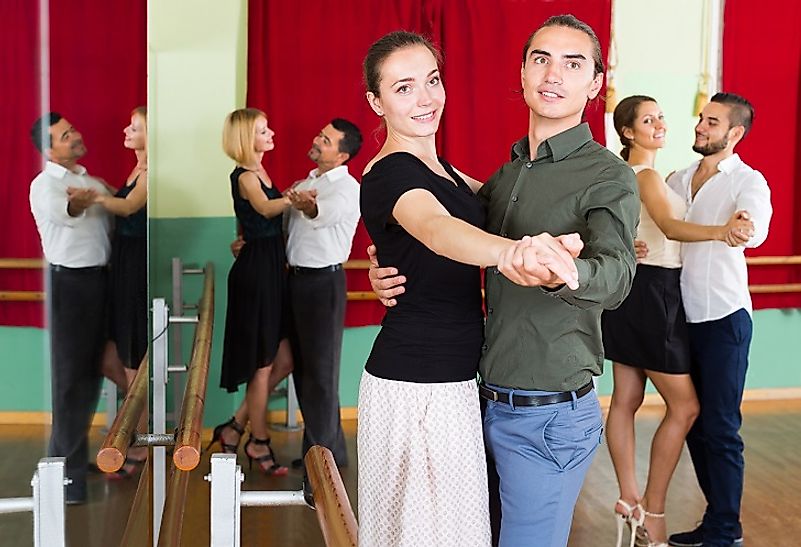What Is Ballroom Dance, And Where Did It Originate?

Since the 16th Century, ballroom dance has been used for courtship, socialization, exercise, and even competition. Since its inception in medieval England, the dance has been embraced by enthusiastic audiences and performers all over the world. Development of the ballroom dance is a product of folk traditions, merging cultures and courtship rituals.
5. Overview and Characteristics -
Ballroom dance is performed by partners dancing to the rhythm of a given song. The dancers use a set of step patterns to keep up with the character of the music. The primary characteristic of ballroom dance is that it is performed by partners. The dance is done both to recorded songs or instruments. Ballroom dance encompasses a whole range of various styles practiced all over the world such as the Cha-Cha, foxtrot, quickstep, and tango. The dance enjoys worldwide popularity, and it is performed in different social contexts such as regular competitions and public or invitational dance events.
4. Origins -
The foundations of modern ballroom dancing were laid in 18th and 19th Century England. Dances before then were performed in respect to folk traditions and dancers performed when facing the king’s throne. Beginning the 19th Century, however, with a relaxation of etiquette, dancers could now dance in squares or circles across the room and face the ruler only on formal occasions.
3. Spread and Development -
Ballroom dancing experienced significant changes and development during the late 19th and early 20th Centuries. While the dance had been previously familiar with the elite social class, the working, and middle class picked up on it, and the dance found its way to public dance halls. Several major ballroom dancing developed during this period such as the polka and the waltz dance. These dances were considered revolutionary at their inception, due to the close embrace they required. The waltz dance allowed for independent movement of couples and this feature became significant for modern ballroom dancing. At the beginning of the 20th Century, many other ballroom dancing emerged such as the Tango from Latin America, Cha-Cha from Cuba, Brazilian Samba, and American swing. Another development was the emergence of music genres such as jazz which provided the rhythm for the dancers. The Imperial Society of Teachers of Dancing was established in 1904 as a board for ballroom dancing, mandated to standardize techniques for the ballroom competitions that were emerging across the world. All these factors contributed significantly to the spread and development of the ballroom dance.
2. Notable Practitioners -
As ballroom dancing increasingly found its way into films and competitions in the first half of the 20th Century, many of the era's best dancers greatly influenced its growing popularity. The on-screen dancing of the partners Ginger Rogers and Fred Astaire in the 1930s showcased the dance in different social settings and promoted the spread of the dance. The partners’ work was in part influenced by the husband and wife ballroom team of Irene and Vernon Castle, who appeared dancing in silent films of the early 20th Century.
1. Greater Significance and Legacy -
Ballroom dance has evolved to be much more than a dance. Rather, it has become an element of cultural identity. Various forms of ballroom dance have been curated to preserve culture and music. The dance represents a merger of both contemporary and folk influences. With its numerous varieties practiced across the world, ballroom dance remains one of the most important worldwide dances.











